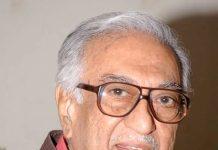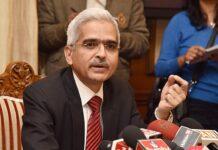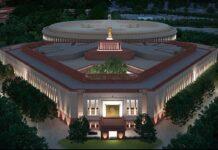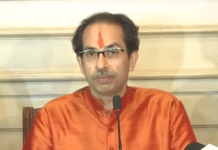The composition of power elites in India has significantly changed. Now, former businessmen like Amit Shah and Nitin Gadkari are the key government functionaries and business leaders like Ambani enjoy enormous clout and influence in governance. The rich and developed states like Gujarat and Maharashtra are the torchbearers. However, the feudal caste based parameters are still the hallmark of states like Bihar where a simple one liner by Amit Shah was enough to mollify Giriraj Singh.
“Amit Shah gets Atal Bihari Vajpayee’s bungalow ….Amit Shah clearly number 2 in the cabinet …Amit Shah appointed member of eight cabinet committees …” read the national newspapers today. The man at the centre of attention is a former businessman coming from a business community of Gujarat.
It is difficult to miss to observe the preeminent power and influence wielded by the businesses and business communities in the current political establishment. The trend has been there for sometime, at least for the last five years when Modi and Shah duo took absolute control of BJP and the nation. Unmistakably, both come from Gujarat, the industrial and business powerhouse of India where they played a key role in economic development of western India along with entrepreneurs like Ambani family.
In Indian world view time is cyclical, not linear. In the west, the time marches on but in India, what goes around comes around. Probably, the Gupta Empire of the golden era of Indian history is back again!
The British traders and explorers went to India in the 18th century in search of market to sell the products of industrial revolution of England and in search of business opportunities. In doing so, they took control of power from the fragmented medieval rulers and destroyed indigenous industries and inadvertently laid the foundations of modern Indian nation state in the form of administrative integration of the country, legal system based on modern values and rule of law, means of transport like railways and roads to facilitate trade, English education system for skilled work force etc.
When Britain left India, the power came in the hands of English educated nationalist leaders of Congress party led by great luminaries like Mahatma Gandhi, Jawaharlal Nehru, Vallabhbhai Patel, Rajendra Prasad and Bhim Rao Ambedkar. They played seminal role in growth and development of modern India. This English educated class served the permanent civil service, a rigid bureaucracy that stifled entrepreneurship and growth of businesses and private industries. Apparently, industrialists like Dhirubhai Ambani used to face difficulties in even seeing senior government functionaries. The infamous “Inspector Raj” got significantly dismantled courtesy economic liberalisation overseen by Manmohan Singh era.
The composition of power elites in India has significantly changed since then. Now, former businessmen like Amit Shah and Nitin Gadkari are the key government functionaries and business leaders like Ambani enjoy enormous clout and influence in governance. The rich and developed states like Gujarat and Maharashtra are the torchbearers. However, the feudal caste based parameters are still the hallmark of states like Bihar. But a simple one liner comment by Amit Shah was enough to mollify Giriraj Singh of Bihar.
***
Author: Umesh Prasad
The author is an alumnus of the London School of Economics and a UK based former academic.
The views and opinions expressed on this website are solely those of the author(s) and other contributor(s), if any.






















